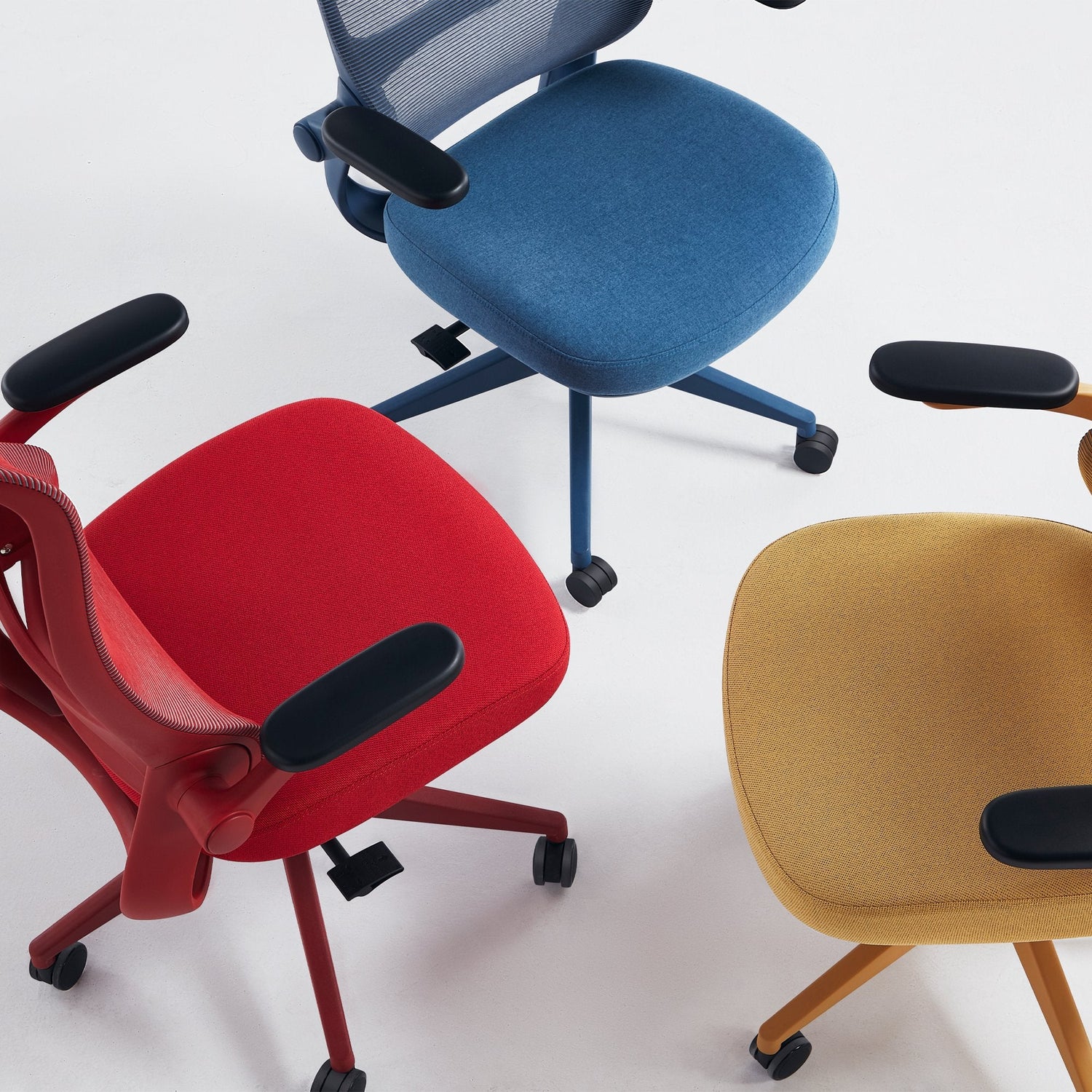Votre panier est vide
Continuer les achatsVous possédez un compte ?
Connectez-vous pour payer plus vite.

All Products
Explore the full range of Sunaofe's ergonomic office furniture, crafted to enhance...
Vous possédez un compte ?
Connectez-vous pour payer plus vite.

Explore the full range of Sunaofe's ergonomic office furniture, crafted to enhance...
30-Day Money Back + Seel Insured
Eco & Ergo! Exclusive Design
Save 10% Now! Code: Sunaofe25
What is also known as office chair butt is one of the lesser-known effects of extended sitting. The question many people would ask themselves is What does an office chair butt look like, and why does it happen? The reality is that it is more about what your muscles feel and work like after long periods in a sedentary position than it is about appearance. This article discusses what office chair butt is, its impact on your health, and simple ways to wake up your butt muscles.
Chair butt is a casual, non-medical term that describes the negative changes in the shape, muscle tone, and overall health of your glutes (buttocks) caused by prolonged sitting. It describes the state of the buttocks, or glute muscles, which often grow weak, flat, or numb after sitting at the office all day.
Office workers and gamers often suffer from "office chair butt”. It's not just about aesthetics; it's a sign of underlying physical issues that can lead to pain and dysfunction. When you sit for hours every day, several things occur:
1. Muscle Atrophy (Weakening and Shrinking)
When you sit, the gluteus maximus, medius, and minimus are stretched out and inactive. This situation is often referred to as "gluteal amnesia" or "dead butt syndrome," where your brain literally "forgets" how to properly engage these muscles.
2. Fat Accumulation
Prolonged sedentary behavior slows down your metabolism and circulation. Combined with a potential calorie surplus (common with desk-job snacking), this can lead to increased fat storage in the area.
3. Pancake Butt
Sitting for a long time also causes your hip flexors (the muscles at the front of your hips) to become tight and shortened, which can flatten the natural curve of your lower back and make your buttocks appear flatter and less rounded.

What is the actual butt of the office chair, then? It is not always a visual, dramatic transition, but specific hints are available:
Office chair butt actually has less to do with appearance and more to do with the experience of your body being sluggish or tight and weaker than before in performing your daily actions.
While the term "office chair butt" sounds casual, its effects on health are significant and far-reaching. It's not just a cosmetic issue; it's a functional problem that can affect your entire body. Below is a breakdown from the most direct to the more systemic:
Weak glutes and tight hips lead to poor posture and misalignment of the spine.
Daily activities such as bending, walking, or running can be less efficient.
Glutes are the body's primary stabilizers for the pelvis and lower back. When they are not in play, the strain goes to your spine. Constantly overcompensating will lead to strain, tension, and chronic pain.
Inactive muscles (like your glutes) burn fewer calories to regulate blood sugar and cholesterol, increasing the risk for metabolic syndrome, type 2 diabetes, and heart disease.
Sitting can inhibit blood flow, which may cause numbness and increase the body 's susceptibility to diseases such as varicose veins.
Office chair butt is not only about appearance, but it can also produce a domino effect on your physical health. "Domino effect": Prolonged Sitting → Weak Glutes & Tight Hip Flexors → Pelvic Misalignment → Altered Biomechanics → Muscular Compensation → Pain (Back, Hips, Knees) → Reduced Activity → Further Weakening...

The better news is that office butt is something that can be prevented and reversed with minor lifestyle changes. The following are practical exercises to awaken your glutes:
Get on your feet every 30-60 minutes to stretch, walk around, or perform some squats.
Basic exercises such as bridges, lunges, and hip thrusts can tighten muscles and re-activate them.
Sitting causes tightness in your hips and thighs; prevent it by stretching your hips and thighs.
The reason behind this is that with the help of an ergonomic chair, you will be able to sit in a position that will ensure adequate posture as well as limit the strain on your glutes.
Sitting and standing can help to avoid long periods of inactivity.
By incorporating these precautions into your routine, you can regain muscle strength, improve your posture, and eliminate the pain.
What does an office chair butt look like? It is the effect of the weakening, flattening, and inactivity of the glutes caused by prolonged sitting. Although this might manifest itself physically in the form of loss of firmness, the greater concern is its impact on your health, stiffness, posture difficulties, and pain. If you are serious about avoiding the ill effects of sitting, then start by making small steps today. Relax, exercise, and invest in supportive lifestyle items like ergonomic furniture through reliable channels.
Be the first to know about new collections and exclusive offers.
